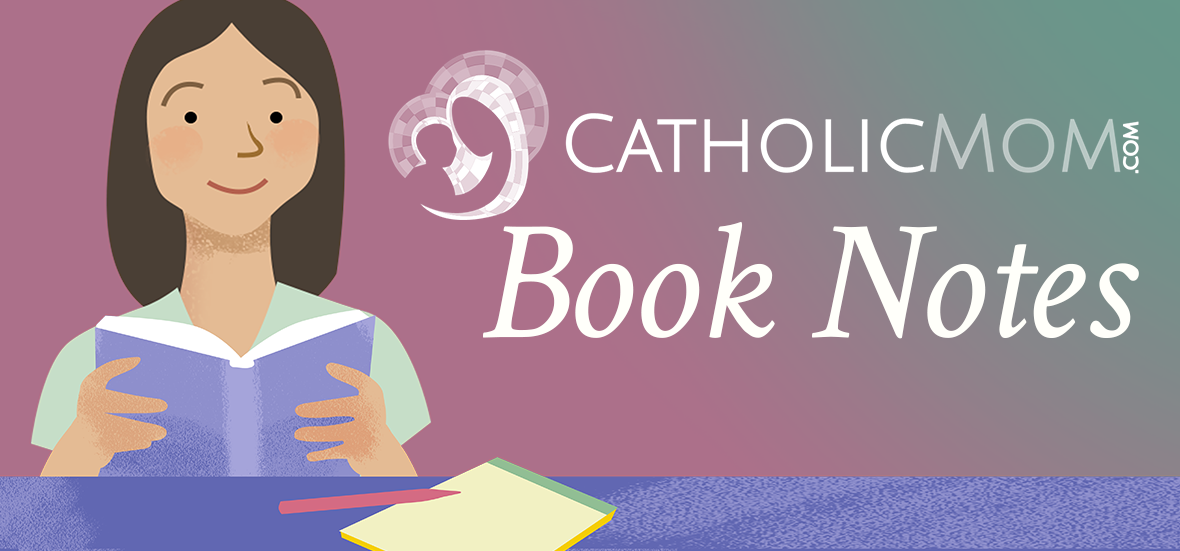
Using picture books, Katie Fitzgerald shows how to help toddlers and preschoolers appreciate that God created all things.
When I was working as a public children's librarian, I read a lot of mainstream kids' books. Now that I’m homeschooling my children and teaching them our Catholic faith, I’m discovering that many of these seemingly secular children’s books can actually be used to highlight various aspects of the faith. I love being able to show my kids that the truth, beauty, and goodness of God can be found in many different places, including in the books they read for pleasure. One of my favorite themes to seek out is human beings’ stewardship of God's creation. Using picture books, I help my toddlers and preschoolers appreciate that God created all things, and that we can show our love for Him by taking care of the earth He has provided for us.
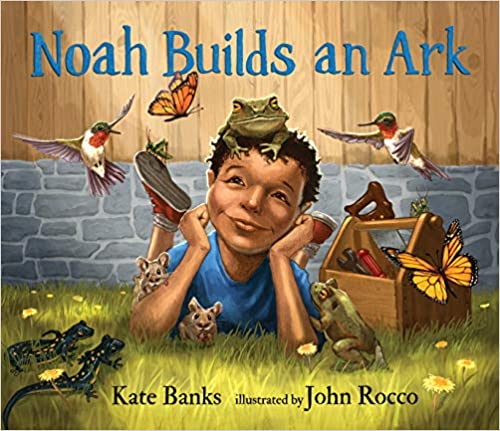
Many books from secular publishers highlight the beauty of Creation and our responsibility to care for it. One is Noah Builds an Ark, written by Kate Banks and illustrated by John Rocco. As a storm approaches and his family prepares the house to withstand the wind and rain, Noah, a little boy, builds a shelter for the small animals in his backyard. His care and compassion for these vulnerable creatures models the way I want my children to think about animals. At the end of the story, when people and animals alike come through the storm safely, there is such joy in the appearance of a rainbow and in the boy's shouts of "Hallelujah!" Not only has this book taught my kids to be good stewards of nature; it has also reminded them to give glory to God after coming through a time of difficulty.
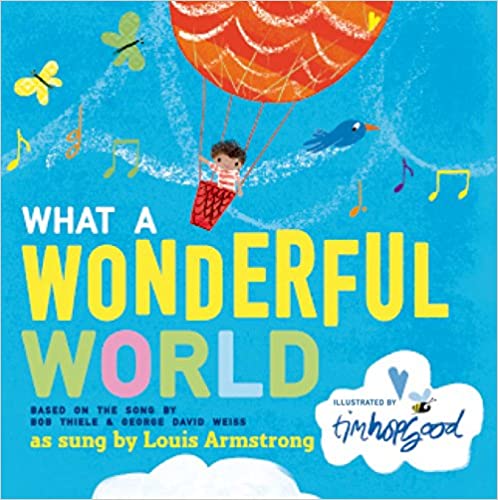
Another favorite, especially of my toddler, is What a Wonderful World illustrated by Tim Hopgood. This book reprints the words of the well-known song made famous by Louis Armstrong and accompanies them with bright, colorful pictures that highlight the beauty and importance of the trees, flowers, and people named in the song. This book makes it so easy to see why, when he finished each day of Creation, God "saw that it was good (Genesis 1:10, 12, 18, 25, 31)." The words also give us a subtle reminder about the need to love our neighbors by equating "how do you do" with "I love you."
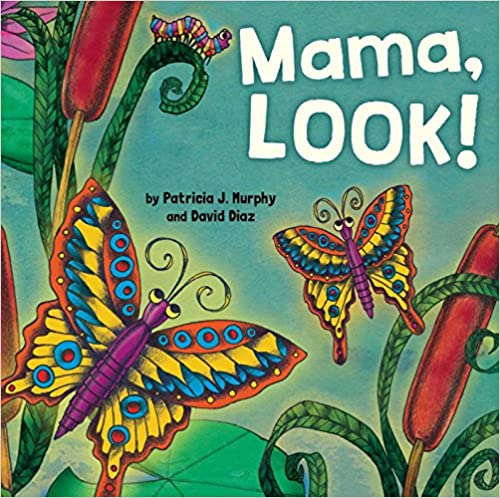
Mama, Look! by Patricia J. Murphy, with pictures by David Diaz, also appeals to the sense of sight in its celebration of the natural world. In this circular tale, a boy and his mother observe a grasshopper and its mother, who in turn notices an ant with its mother. On each page, the baby creature points out a creature of another species, until a bee near the end of the story notices the baby the human mother has been carrying on her back, who was not visible on the first page. The very simple text encourages the youngest readers to wonder at the details of God's world and it also supports the idea that every creature has parents, and that God's plan is for us to be fertile and multiply.
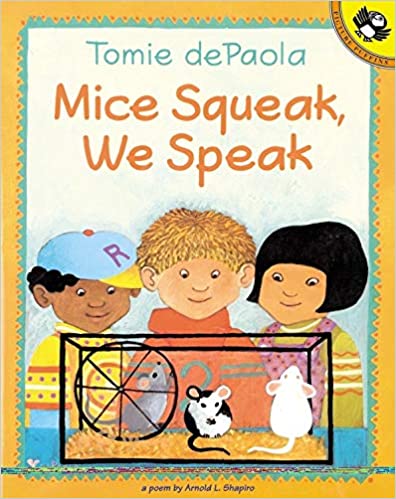
My kids also love Mice Squeak, We Speak by Tomie dePaola, which encourages them to make the sounds associated with a variety of animals. What I like about the book is its subtle reinforcement of the ways in which people, made in the image and likeness of God, are different from animals. While the animals make various unintelligible noises, the human characters are able to speak to express themselves. Whereas some children's books want to argue that animals and people are equivalent, this one appreciates the role of animals while also remembering that people are creatures set apart.
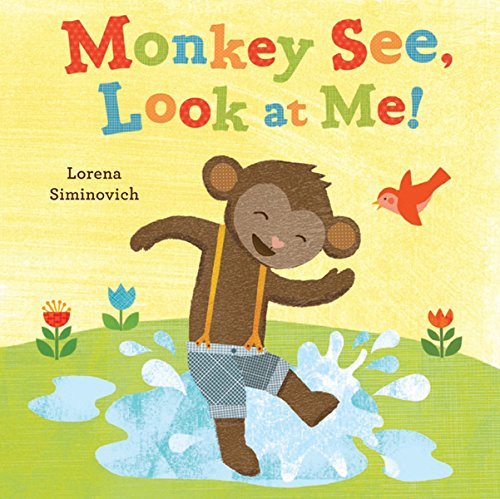
Finally, Monkey See, Look at Me! by Lorena Siminovich is a really funny read-aloud for toddlers which also points out that every creature has its own unique role to fulfill in Creation. The silly monkey in the story imitates the movements of his friends the bird, the rabbit, the lion, and the elephant, but he is always aware of the fact that pretending to be these other animals does not make it so. In the end, he claims his own identity as a monkey, reminding little ones that each of us has our own unique God-given qualities that make us who we are.
Reading picture books about nature and the creatures who inhabit it satisfies young kids’ inborn curiosity about the world in which they live. The right book can indulge this curiosity while also helping children to understand that “in him were created all things in heaven and on earth, the visible and the invisible, whether thrones or dominions or principalities or powers; all things were created through him and for him.” (Colossians 1:16-17).
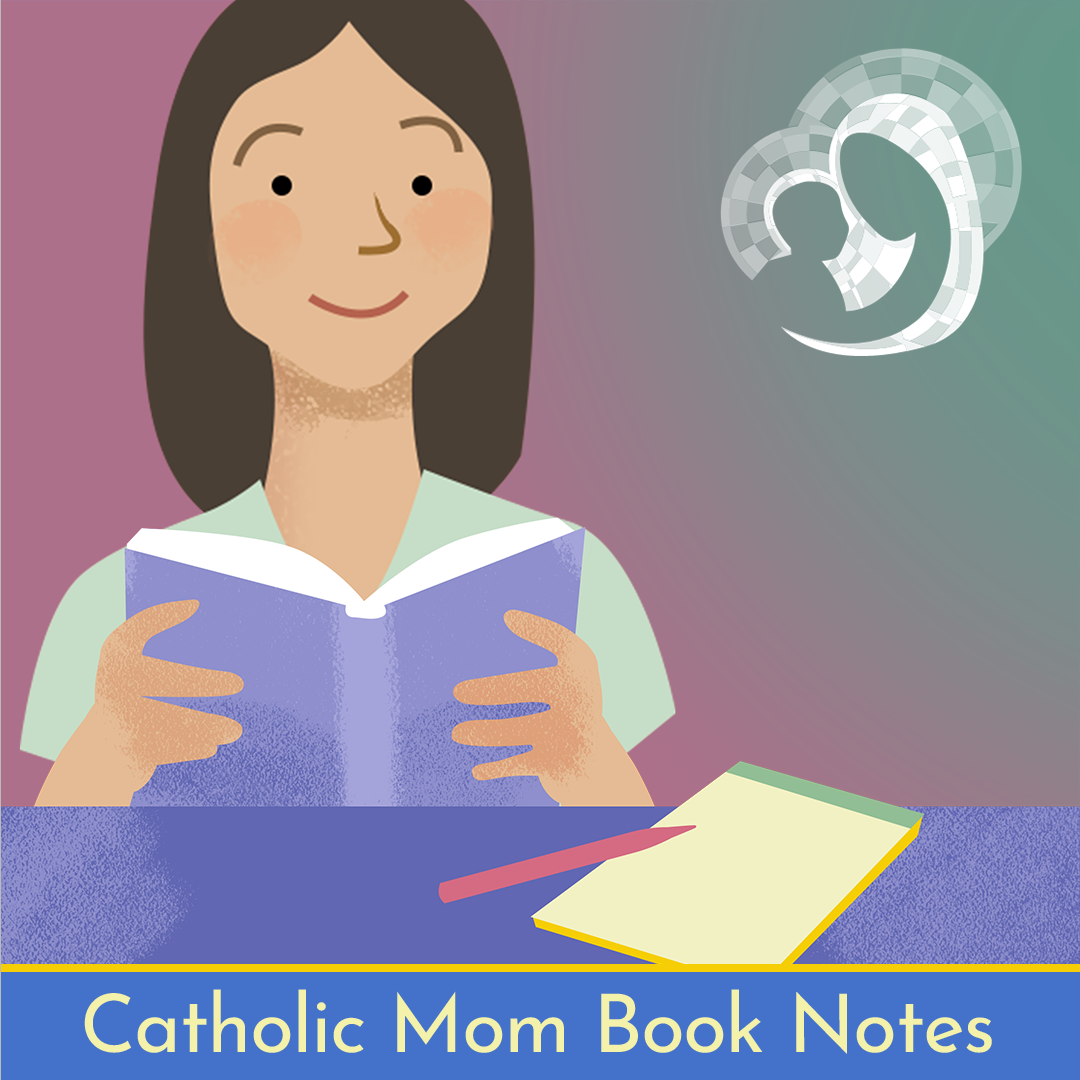
Copyright 2020 Katie Fitzgerald
About the Author

Katie Fitzgerald
Katie Fitzgerald is a former children's librarian turned homeschooling mom. She and her librarian husband live in Maryland with their five children: three big sisters and a set of boy/girl twins. She blogs about homeschooling and reading at ReadAtHomeMom.com and writes short fiction, some of which appears in online magazines and print anthologies. Connect with her on Instagram @katiefitzstories.


.png?width=1806&height=731&name=CatholicMom_hcfm_logo1_pos_871c_2728c%20(002).png)
Comments